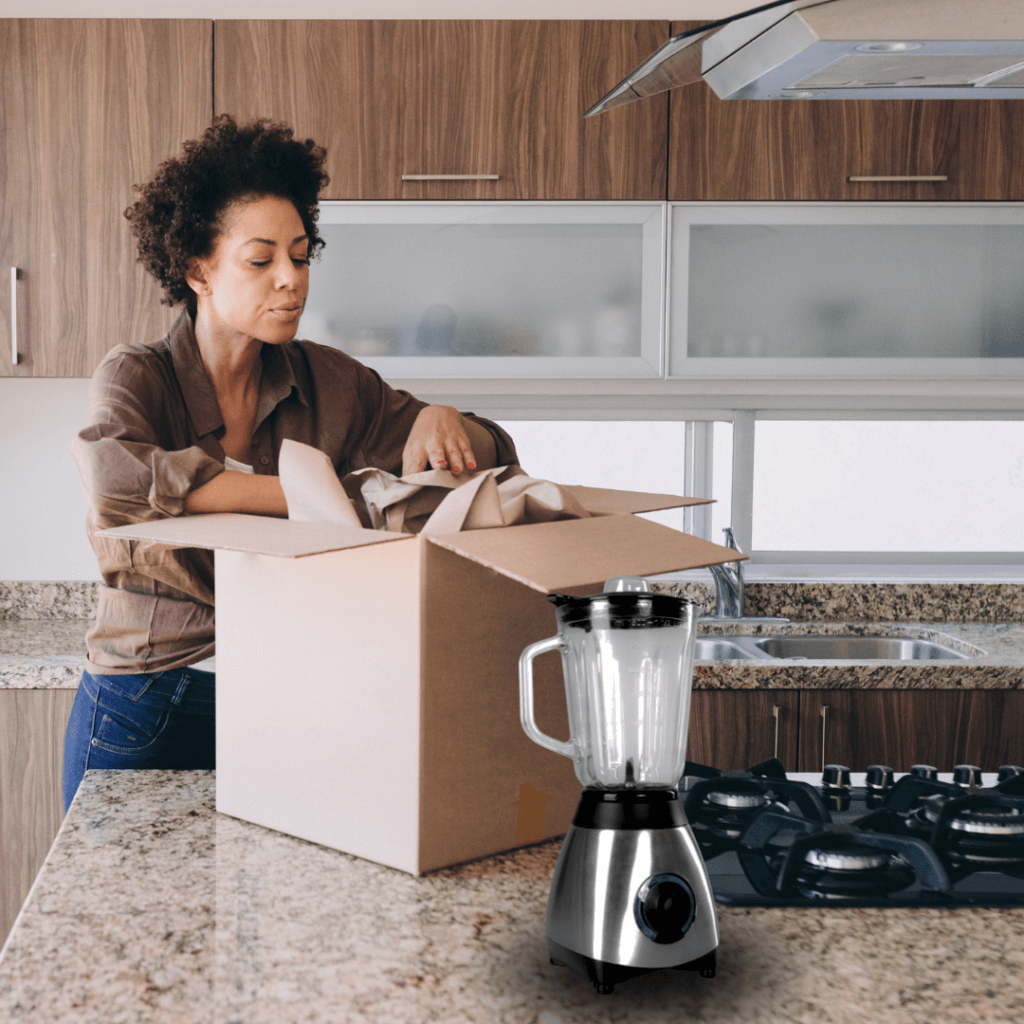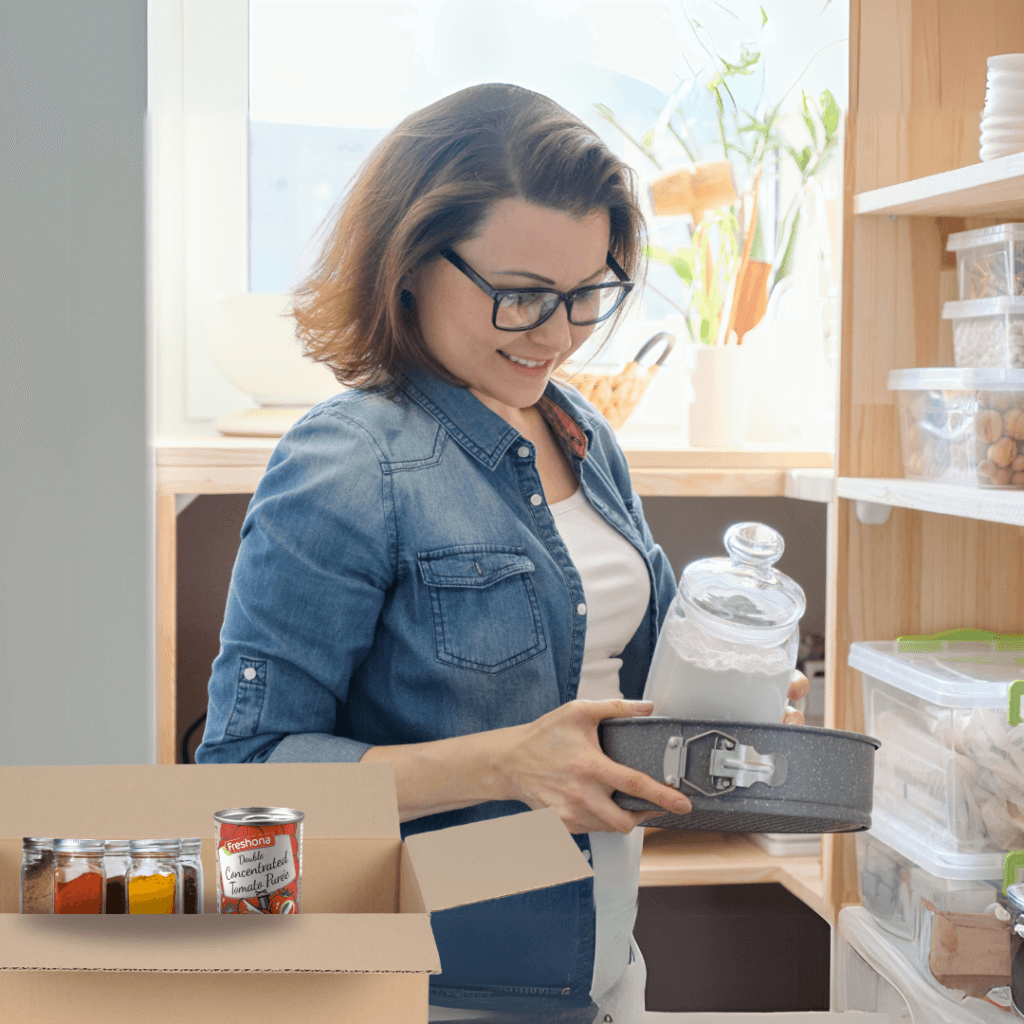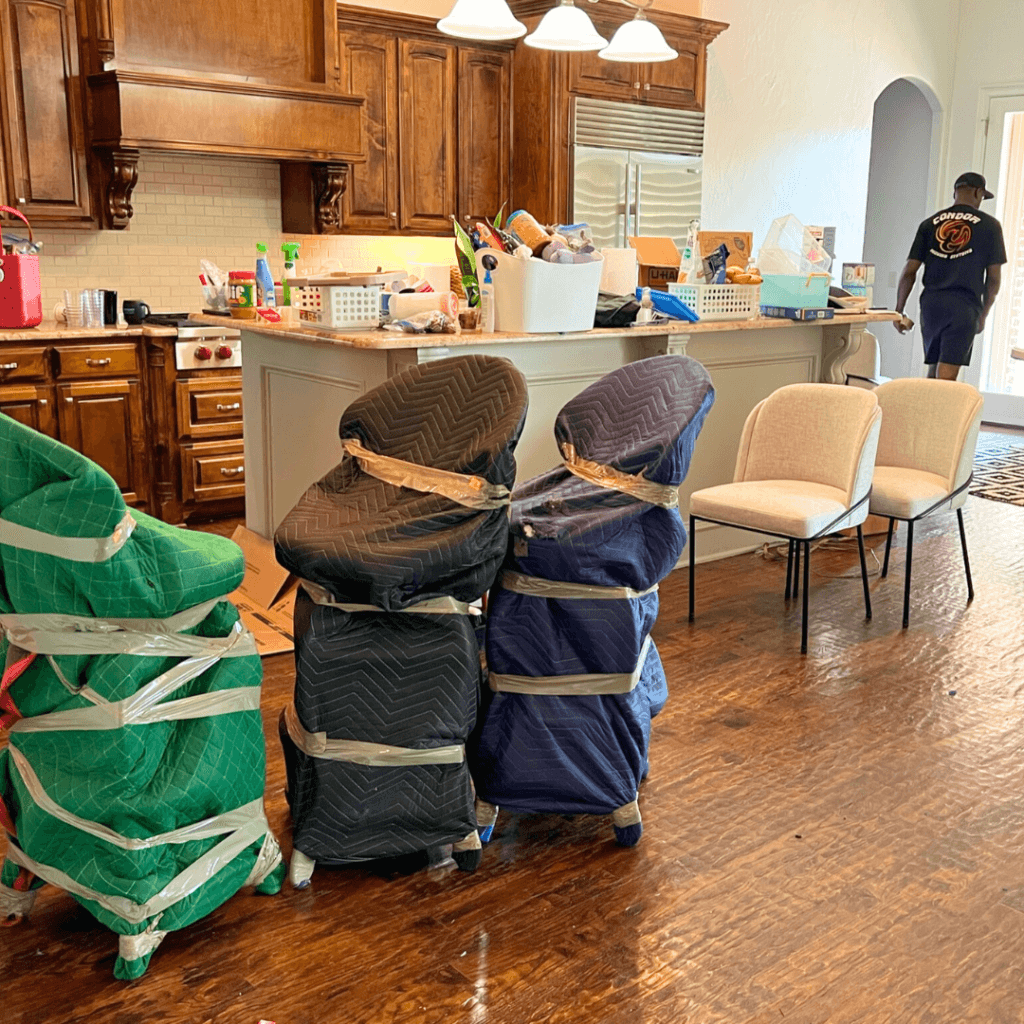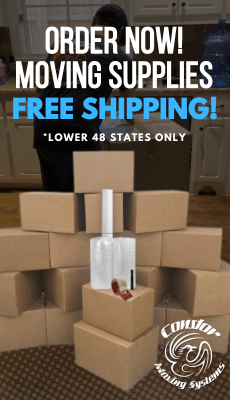
The kitchen is often one of the most challenging rooms to pack during a move due to the variety of items, from large appliances to delicate glassware and pantry goods. It requires careful planning, the right packing techniques, and a solid strategy to ensure everything arrives safely at your new home. In this guide, we’ll share 10 essential tips to help you efficiently pack and move your entire kitchen, so you can minimize stress and keep your kitchen organized throughout the process. Whether it’s handling bulky appliances or packing fragile items, these tips will help make your kitchen move smooth and hassle-free.
1. Start with a Plan and Declutter
Before packing, create a plan and declutter your kitchen. Go through cabinets and drawers to discard expired food, broken gadgets, or items you no longer use. Decluttering reduces the amount to pack and makes the process smoother. Plan to pack items you rarely use first, and save essentials for last. This approach helps you stay organized and ensures you’re not overwhelmed closer to your moving day.
2. Pack Large Appliances Safely
Large kitchen appliances like refrigerators, ovens, and dishwashers require special care when moving. Before packing, unplug and clean each appliance thoroughly, ensuring they are dry to prevent mold or odors during transport. For the refrigerator, defrost it at least 24 hours in advance. Use moving blankets or padding to protect appliances from scratches and dents, and secure all doors and detachable parts with tape. If possible, disassemble removable parts like shelves or racks and pack them separately to avoid damage.
3. Disassemble Small Appliances and Gadgets
For smaller appliances like blenders, toasters, and coffee makers, disassemble any detachable parts such as blades, trays, and filters. Wrap each part separately in bubble wrap or packing paper to protect them from damage during the move. Secure any loose cords by bundling and taping them to the appliance to prevent tangling. Pack these items in sturdy boxes, with heavier appliances at the bottom and lighter ones on top, ensuring they are cushioned to avoid breakage.
4. Use Proper Packing Materials for Fragile Items
Kitchen items like glassware, dishes, and ceramic cookware need extra protection. Use sturdy boxes and plenty of packing paper or bubble wrap to cushion fragile items. Wrap each piece individually, placing heavier items like plates and bowls at the bottom of the box, with lighter and more delicate items like glasses and mugs on top. Fill any gaps in the box with packing peanuts or crumpled paper to prevent items from shifting. Clearly label these boxes as “Fragile” so movers know to handle them with care.
5. Pack Pantry Items Yourself
Most moving companies aren’t allowed to transport food items, so you’ll need to pack pantry goods yourself. Go through your pantry and dispose of expired or nearly empty items. For non-perishable goods like canned food, spices, and sealed snacks, pack them in sturdy boxes, making sure lids and containers are tightly sealed to prevent spills. For open items or perishables, it’s often best to consume them before the move or donate them. If you plan to move them yourself, pack them in coolers or insulated bags.

6. Label Boxes Clearly for Easy Unpacking
As you pack your kitchen, make sure to label each box clearly. Include not only the general contents (e.g., “Pots and Pans” or “Dishes”) but also indicate which room the box belongs to and any special instructions, like “Fragile” or “This Side Up.” Proper labeling will make it much easier to unpack and organize your kitchen in your new home. Consider numbering your boxes and keeping a master list of what’s in each box for easy reference. This will save you time and stress when it comes to finding specific items after the move.
7. Prepare a “First-Day Essentials” Box
When packing your kitchen, set aside a box of essential items you’ll need right away when you arrive at your new home. This could include basic utensils, a few plates, cups, pots or pans, dish soap, and any small appliances like a coffee maker. Having these key items easily accessible will save you from unpacking multiple boxes just to prepare a meal or enjoy your first cup of coffee in your new kitchen. Be sure to label this box as “Essentials” so you know to unpack it first.
When packing your kitchen, set aside a box of essential items you’ll need right away when you arrive at your new home. This could include basic utensils, a few plates, cups, pots or pans, dish soap, and any small appliances like a coffee maker. Having these key items easily accessible will save you from unpacking multiple boxes just to prepare a meal or enjoy your first cup of coffee in your new kitchen. Be sure to label this box as “Essentials” so you know to unpack it first.
8. Pack Sharp Items Separately and Securely
Sharp kitchen items, such as knives, scissors, and peelers, should be packed with extra care to prevent injury and damage. Wrap each sharp item individually in bubble wrap or thick packing paper, securing them with tape. For knives, consider using a knife guard or wrapping them in towels for added safety. Place them in a sturdy box, keeping them separate from fragile or delicate items. Clearly label the box as “Sharp Items” so you and the movers know to handle it with caution.
9. Check Your New Kitchen’s Layout Before Packing
Before packing your kitchen, take some time to review the layout of your new kitchen. Measure the spaces for large appliances to ensure they will fit, and think about how you’ll organize cabinets and drawers for smaller items. This will help you pack with a plan in mind, making unpacking more efficient. Knowing where everything will go in advance allows you to label boxes based on specific areas in the new kitchen, making setup faster and reducing the need to move things around after unpacking.

10. Hire Professional Movers
Hiring professional movers is a great way to ensure your large kitchen appliances, such as refrigerators, stoves, and dishwashers, are safely transported. These items are heavy and can be difficult to move on your own. Professional movers have the expertise and equipment, such as dollies and moving straps, to handle these large items without causing damage to the appliance or your home. They can also help with disassembly and reassembly if necessary, making the process much smoother and less stressful for you.
Packing and moving your kitchen can be one of the more challenging parts of relocating, but with proper planning and the right approach, it doesn’t have to be overwhelming. By carefully packing large appliances, fragile items, and pantry goods, and labeling everything clearly, you’ll make the process smoother and easier to manage. Don’t forget to hire professional movers for heavy appliances and follow our tips to ensure your kitchen essentials arrive safely at your new home. With these strategies, you’ll be able to quickly unpack and get your new kitchen up and running in no time! Contact Us today for a FREE Moving Quote, and see how Condor Moving Systems can help make your moving journey smooth and stress-free!


